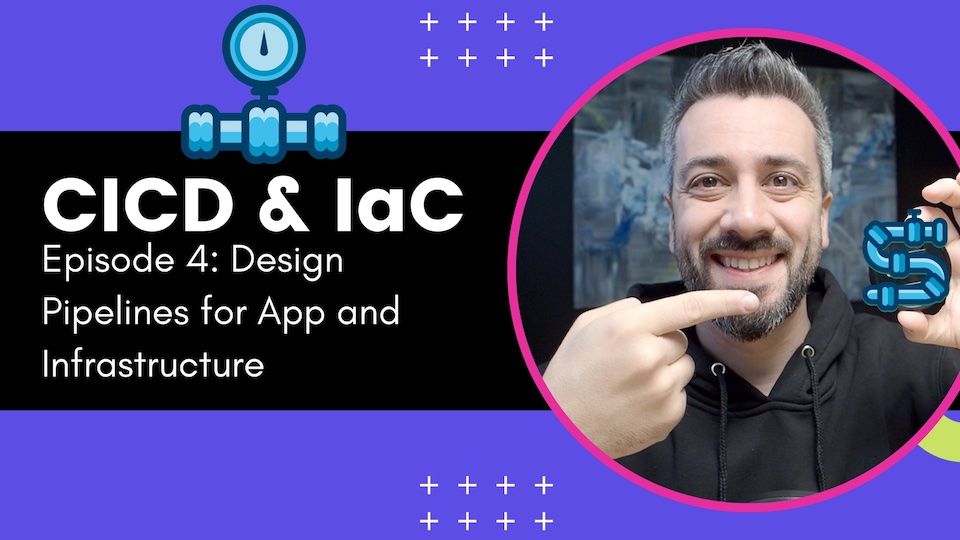The Five Core Principles of Platform Engineering: Enhancing Team Autonomy and System Reliability
Here, we explore five foundational principles that can guide platform engineers toward creating more adaptable and dependable systems.

The Five Core Principles of Platform Engineering: Enhancing Team Autonomy and System Reliability
In the dynamic field of platform engineering, establishing a robust framework that empowers development teams and ensures system resilience is crucial. Here, we explore five foundational principles that can guide platform engineers toward creating more adaptable and dependable systems.
1. Ability to Rebuild the Platform from Scratch
The cardinal rule in platform engineering is ensuring your system can be recreated from the ground up at any moment. This necessity becomes particularly acute in cloud environments where direct control over hardware is relinquished. For instance, if a cloud provider experiences a prolonged outage, the capability to quickly migrate and rebuild the platform on another service or region can be the difference between a minor hiccup and a catastrophic business interruption.
Best Practice: Regularly exercise your disaster recovery plan by simulating outages. Create an isolated environment to test platform reconstruction without affecting the live environment. This not only solidifies your disaster recovery procedures but also helps identify and rectify dependencies that could complicate a real-world rebuild.
2. Ability to Delegate Operations and Maintenance
As platform teams expand, the initial concentration of control and responsibilities becomes impractical. Early implementation of strict access controls and responsibilities ensures smoother transitions as teams grow.
Best Practice: Adopt the principle of least privilege early on. This means assigning the minimum level of access necessary for team members to perform their duties. This approach facilitates easier management of roles and responsibilities as the team's structure evolves, particularly in regulated environments where compliance and risk management are paramount.
3. Keep the Platform as a Build Time Dependency
Decoupling the platform's operational dependencies from runtime processes can significantly reduce system complexity and vulnerability. When the platform is only a build-time dependency, updates and maintenance can occur without directly impacting the running applications or the end-user experience.
Best Practice: Aim to configure as many platform components as possible to not be essential at runtime. This approach helps in minimizing downtime and reduces the potential impact on applications during platform upgrades.
4. Platform Does Not Hide Operations from Development Teams
A transparent platform enhances the development team's understanding and engagement with the operational aspects of the projects they are working on. It prevents the creation of a knowledge silo where only a select few understand the internal workings of the platform.
Best Practice: Ensure that while the platform simplifies certain processes, it should not obscure the underlying technologies or operations from the development teams. Use widely adopted, standard technologies where possible and ensure documentation is available and accessible.
5. Ensure Every Decision is Reversible
Platforms evolve, and the flexibility to reverse decisions without prohibitive costs is vital for adapting to new technologies and changing team dynamics.
Best Practice: Design your platform architecture with modularity in mind. This approach allows you to swap out components or adjust configurations with minimal disruption, ensuring that your platform can evolve with changing business needs and technological advancements.










Share this post
Twitter
Google+
Facebook
Reddit
LinkedIn
StumbleUpon
Pinterest
Email